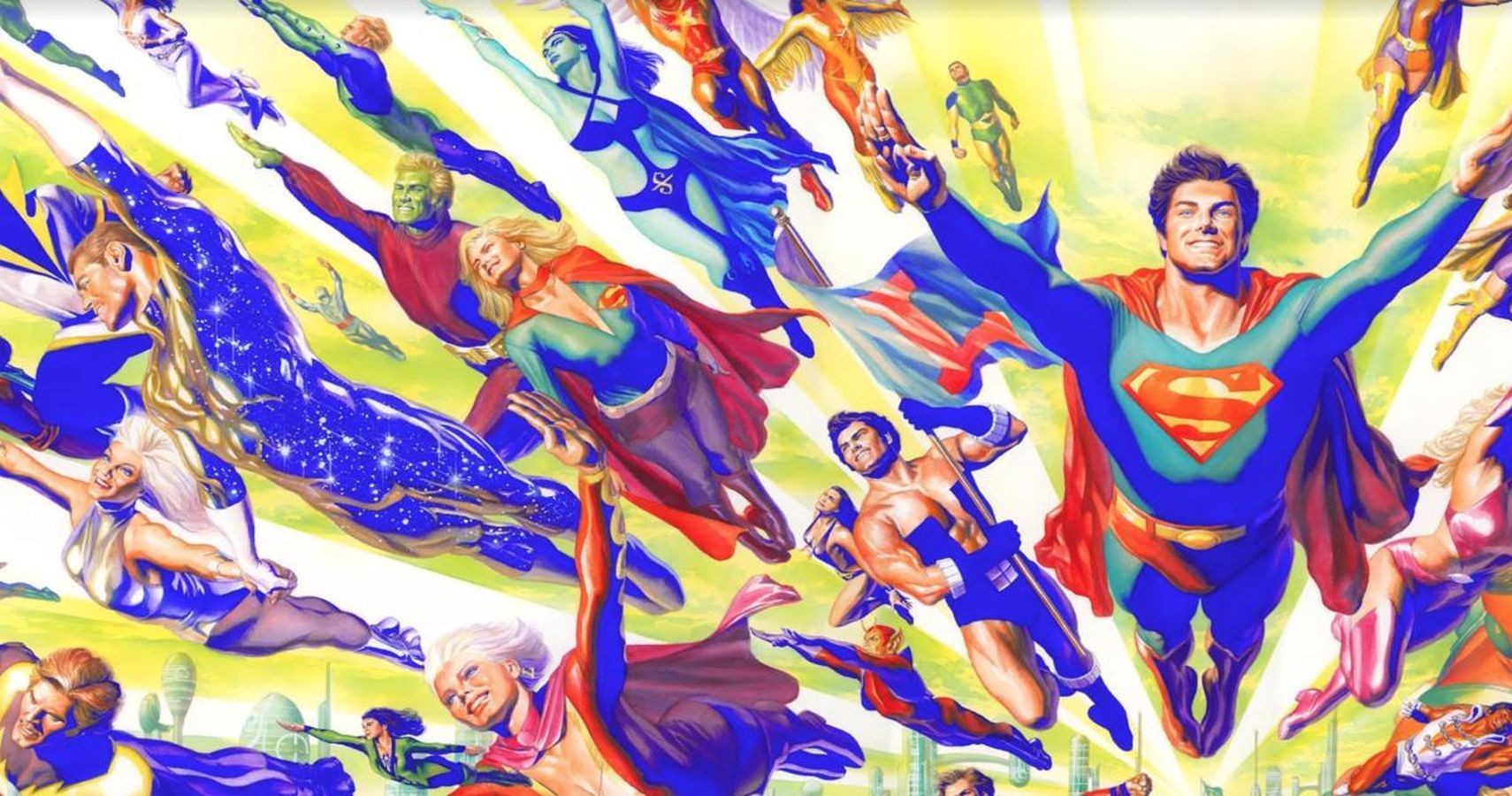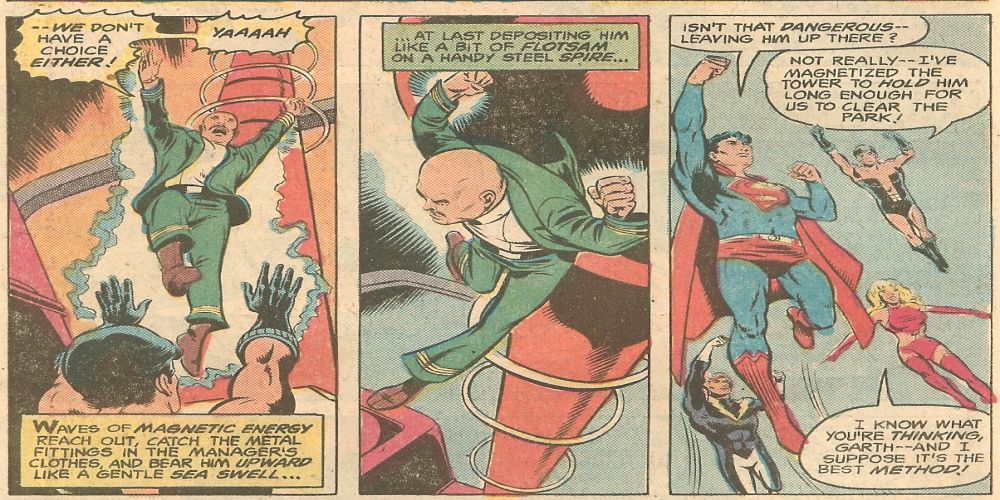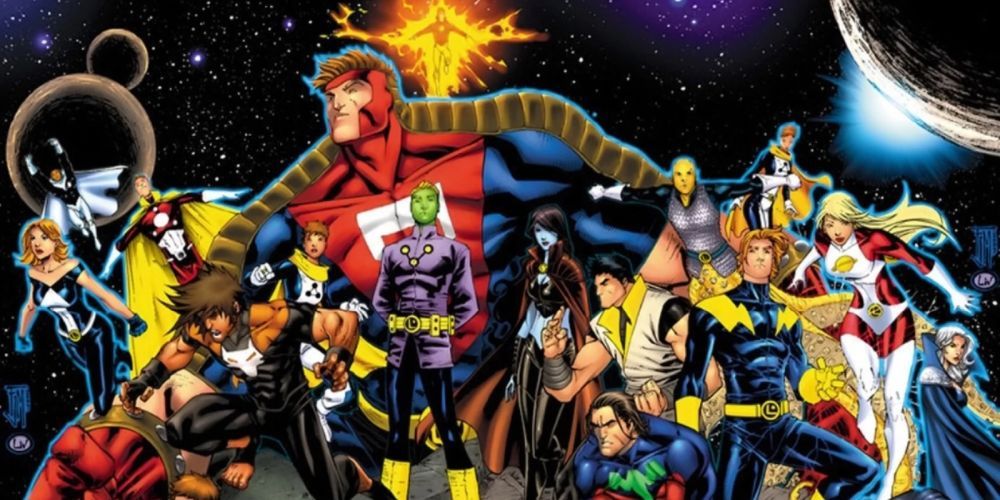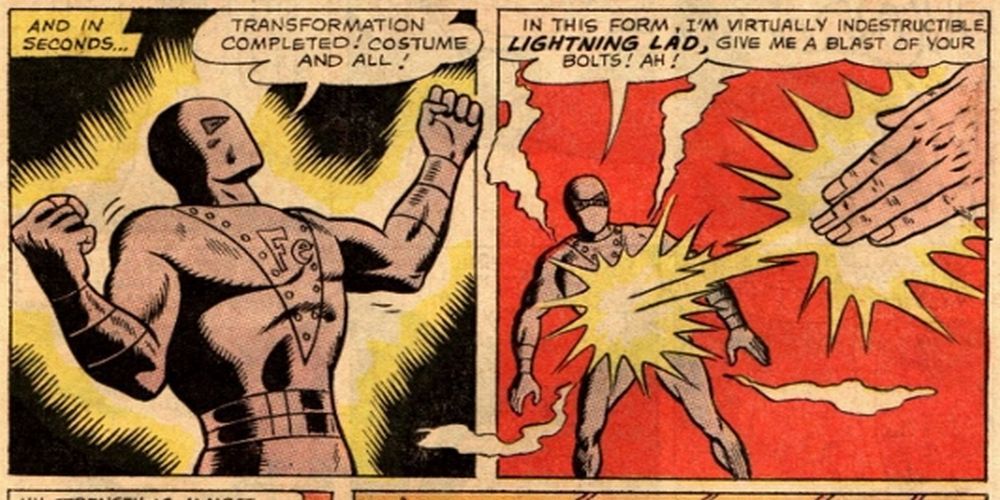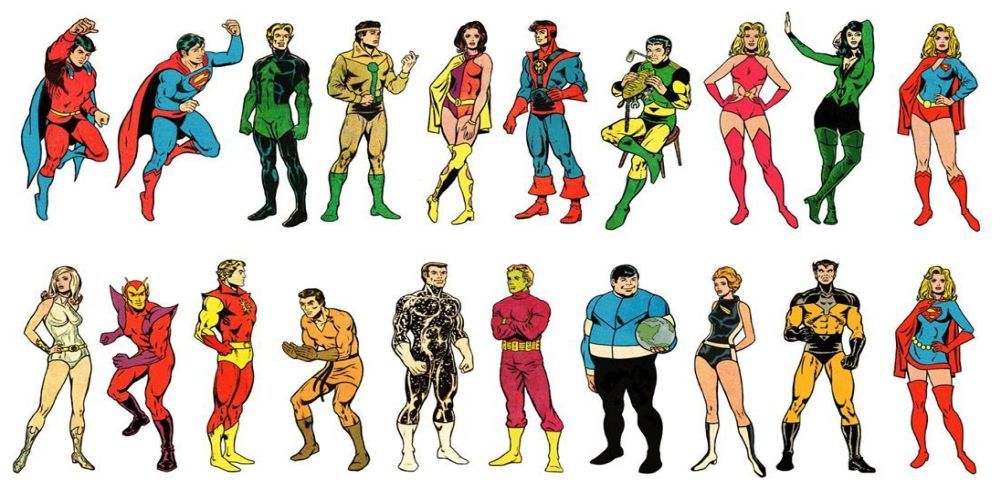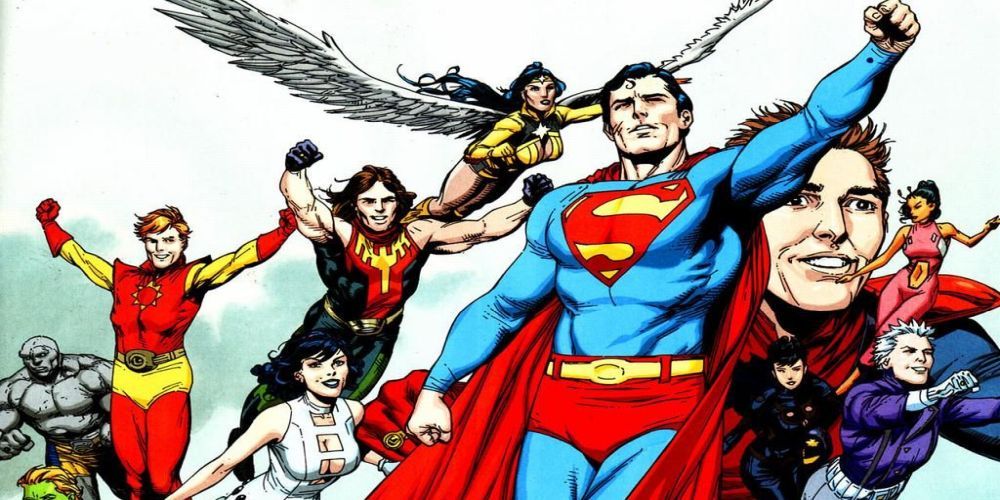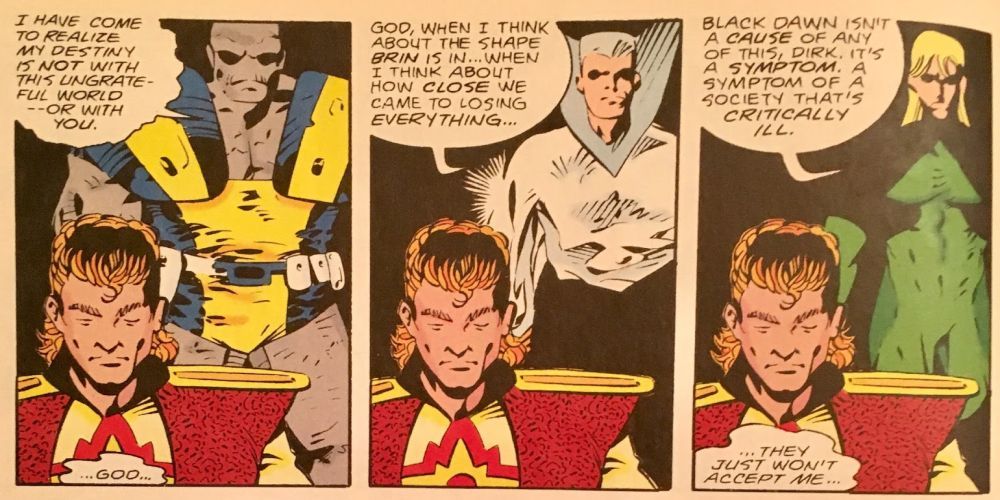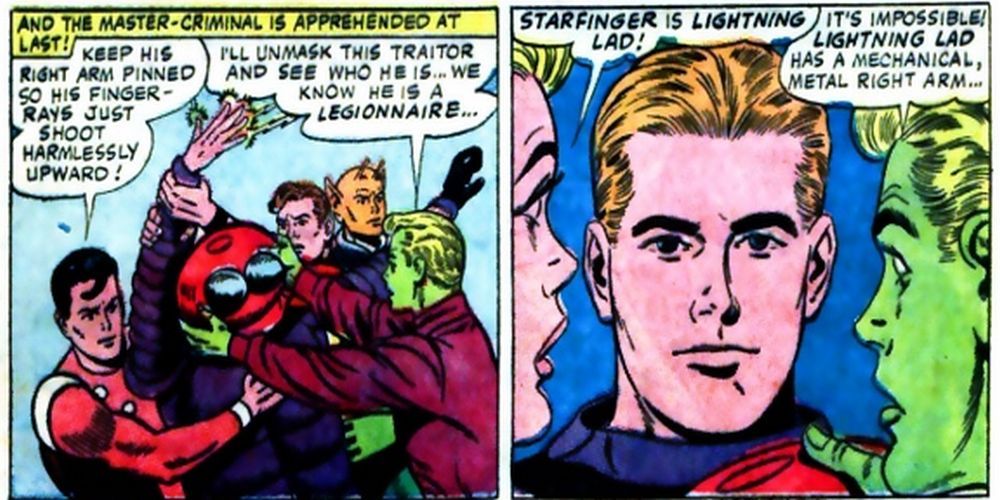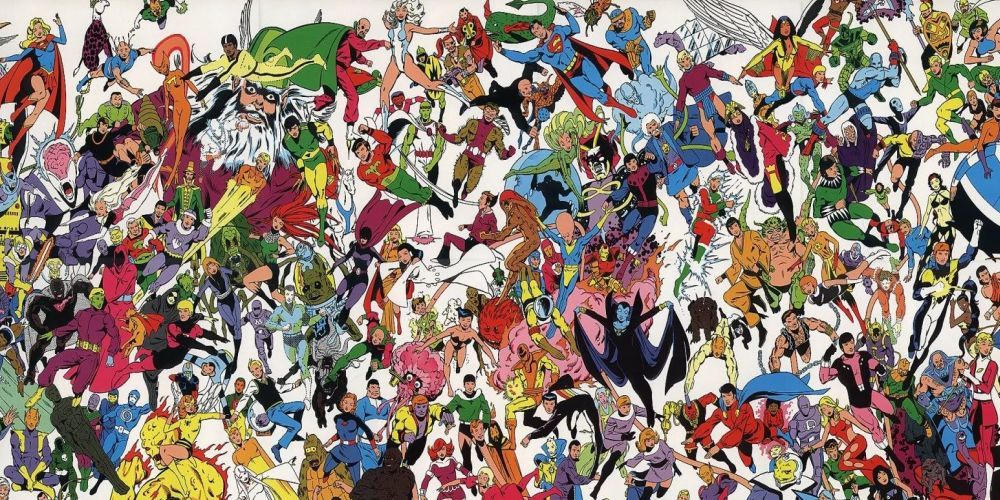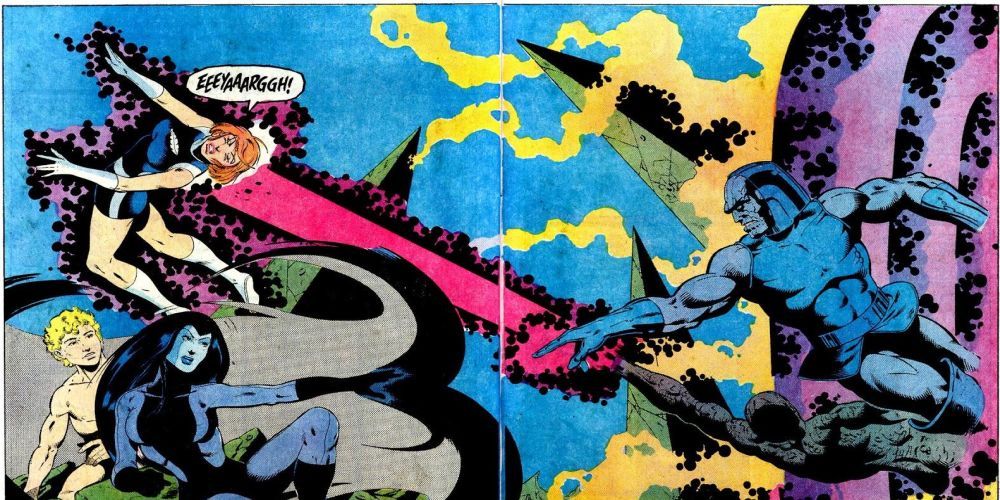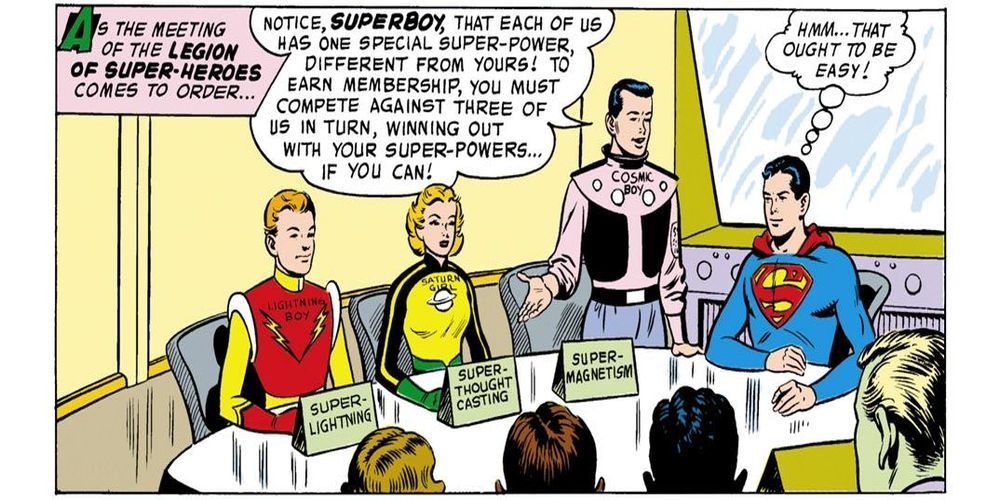When you've been around since the late 1950s, like the Legion of Super-Heroes has, you have your fair share of creators. Some shape the team for decades afterward. Others fade into the background. Only remembered in collected volumes of stories.
Those who impacted the Legion are remembered by their writing and drawing. Others are recalled because they came from or went onto bigger things once they stopped in the 30th-31st century. To understand this better, here are 10 creators that shaped the Legion of Super-Heroes since their inception.
10 Gerry Conway
By the time Conway reached the future he had already accomplished much at both Marvel and DC. Starting his career for Stan Lee and the gang at the embryonic age of 16, he went on to script almost every Marvel book. When he took over the writing duties for Amazing Spider-Man, Conway became the heartless man who killed Gwen Stacy and introduced the world to the anti-hero who needs serious biofeedback therapy -- the Punisher.
After jumping around a bit, he settled down at DC and spent several years writing Legion of Super-Heroes stories. His run featured the destruction of their headquarters, departure of the hero Tyroc, and introduction of fan-favorite hero Blok. In a time of growth, Conway helped the LSH find its own feet.
9 Mark Waid
While Conway moved the Legion forward, Mark Waid changed its history twice. As Zero Hour raced toward its ending in the 1990s, so did the history of the Silver Age Legion. Waid took over writing duties for the last three issues of Legionnaires to close out their life as clones. Then, he ushered them into the post-Zero Hour universe, co-plotting and writing with Tom McCraw on the above series and the flagship Legion of Super-Heroes.
That was in 1994. A little over a decade later, Waid introduce another reboot of the Legion. Known as the Threeboot LSH, Waid and artist Barry Kitson gave its members their original codenames and put them in a galaxy where they weren't as loved as their pre-Crisis counterparts. In addition, the pair brought Supergirl -- well, at least one version of her -- to the 31st century to be a uniting influence to the team.
8 Jim Shooter
Jim Shooter was a mere teenager when he was hired to write Legion tales for Adventure Comics and Action Comics . How did he get this position? He wrote lots of letters. See, kids? Writing is good for you. Especially when you get to establish stories that have repercussions years afterward.
There aren't many writers of ongoing series who introduce new heroes in their first issue. Shooter did, giving fans Karate Kid, Princess Projectra, Ferro Lad, and Nemesis Kid -- the man who would cause Karate Kid's death many years later (spoiler apology). Shooter also killed Ferro Lad, revealed stories of the Adult Legion, and created an arch-nemesis group for the team to battle -- The Fatal Five.
7 Dave Cockrum
"Wait, isn't he the guy who drew The Uncanny X-Men? in the 197os?" Yes, and along with writer Len Wein he developed a number of characters and their costumes. However, before his tenure with this group of angst-filled teens, he worked at DC with another group of angst-filled adolescents. Because, no matter the era, teenagers are mopey.
He joined as LSH artist in 1972's Superboy #184, fans saw a different future. One where lack of material in Legion costumes became mandatory. As he continued over the next two years, Cockrum helped introduce Wildfire and gave Timber Wolf a new look that resembled a future Marvel character with adamantium claws. The Legion costumes he redesigned lasted well into the 80s.
6 Geoff Johns
John is DC's Rebirth king. During his tenure, he brought back The Flash, Hal Jordan, the Teen Titans, the pre-New 52 universe, and the Legion of Super-Heroes. Wait, you didn't know he wrote about them? Yep. It started with a series of stories in Action Comics written by Johns and drawn by his semi-regular collaborator Gary Frank.
Once done there, the demand for a new ongoing series surged. That's when DC resurrected Adventure Comics and gave Johns the duty to write LSH stories. First, as a backup to his Connor Kent/Superboy tales, then as the main one. Though his tenure was short, Johns set things up for the Legion to be born again. Well, at least until the New 52 got rid of them.
5 Tom and Mary Bierbaum
Like Gerry Conway and Jim Shooter before them, Tom and Mary Bierbaum joined the roster of Legion creators thanks to fandom. Through their devotion to the team through various fan mags and success in DC's New Talent Showcase, Keith Giffen asked Tom & Mary to collaborate with him on his "Five Years Later" series of stories.
Save for a sequel to "The Great Darkness Saga," Tom & Mary wrote most of the Legion of Super-Heroes third-volume issues. During that time, they helped wiped Superboy's influence from the team, killed Blok and Sun Boy, introduced the cloned Legionnaires, and destroyed the Earth. They moved to the Legionnaires and wrote the first 15 issues that, um, sent in the clones.
4 Edmond Hamilton
This was a tough one, because both Hamilton and Superman co-creator Joe Siegel helped developed the Legion during its first years in Adventure Comics. However, Hamilton who introduced various concepts and characters that forged their legacy. So, Siegel had to be happy with, you know, only creating an iconic character that will probably last longer than the Earth.
In his run on the series, which lasted until Jim Shooter took over in 1966, Hamilton introduced Proty, Element Lad, Lightning Lass, and Dream Girl. He also resurrected Lightning Lad, gave us the Legion of Super-Monsters (no, seriously, in Adventure #309), and provided the Legion with an arch-nemesis they would be cursed to battle over and over -- the Time Trapper.
3 Keith Giffen
Besides Paul Levitz, there isn't a creator more connected to the Legion than Keith Giffen. Every time he stepped into help draw, write, or plot the series, something changed. Even when he was brought on to right the LSH ship in the New 52 era, he did something drastic. Basically, killing many of them and disbanding the team. Always looks on the bright side of life, that Giffen.
His first historic run with partner Levitz truly gave the book a look that it was actually in the 30th century. He introduced new characters, updated the Legion HQ, killed Karate Kid, and gave us "The Great Darkness Saga," one of the best Darkseid stories of the modern era. When he came back in the late 80s, he again made changes to uniforms (albeit, unlikeable ones), and plunged the 30th century into the pre-powersphere age. Finally, he was the architect in returning the Legion into the gritty "Five Years Later" era.
2 Paul Levitz
Out of all the Legion creators, Paul Levitz has written the most stories. His life as the honorary LSH member Scribe Boy began in Superboy and the Legion of Super-Heroes #225, way back in 1975. He left three years later after scripting tales about Earthwar, the Dark Circle, and the marriage of Lightning Lad and Saturn Girl.
He returned in Legion of Super-Heroes #281. It wasn't until he teamed with Keith Giffen in #287 that Levitz really got his groove. And he continued to have it for the rest of the 1980s as he reshaped the Legion through many happy and sad events. After Geoff Johns brought the original team back for the 21st century, Levitz took up the writing duties on their Adventure Comics run and in the New 52 Era.
1 Otto Binder
Without Mr. Binder, we wouldn't be writing this article. In 1958, it was Binder that introduced Superboy to the 30th century in Adventure Comics #247. Of course, like any origin story, there are some differences in this tale than when the team returned two years later.
First, we only meet the founding members -- the rest are just shadows or unrecognizable members. Second, it takes place in Smallville instead of Metropolis. It makes sense, since the story was about Superboy. Third, there's an enormous lack of teen angst. Think the cast of Riverdale on Zoloft. In addition, the issue's cover, drawn by Curt Swan, is still imitated today.

